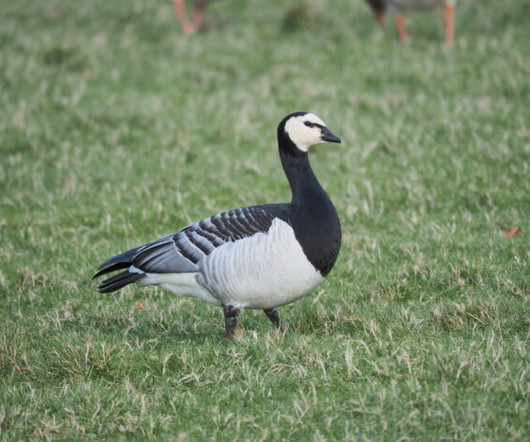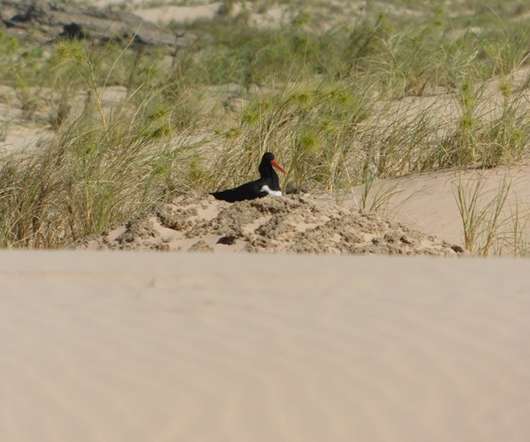Don’t Ignore the Barnacles – they’re Real Birds
10,000 Birds
FEBRUARY 9, 2024
However, though there have been records of feral Barnacle Geese nesting in Suffolk for many years, the number of pairs remain small, and certainly not sufficient to account for flocks of the size now seen every winter. The European Breeding Bird Atlas 2 makes interesting reading.













Let's personalize your content